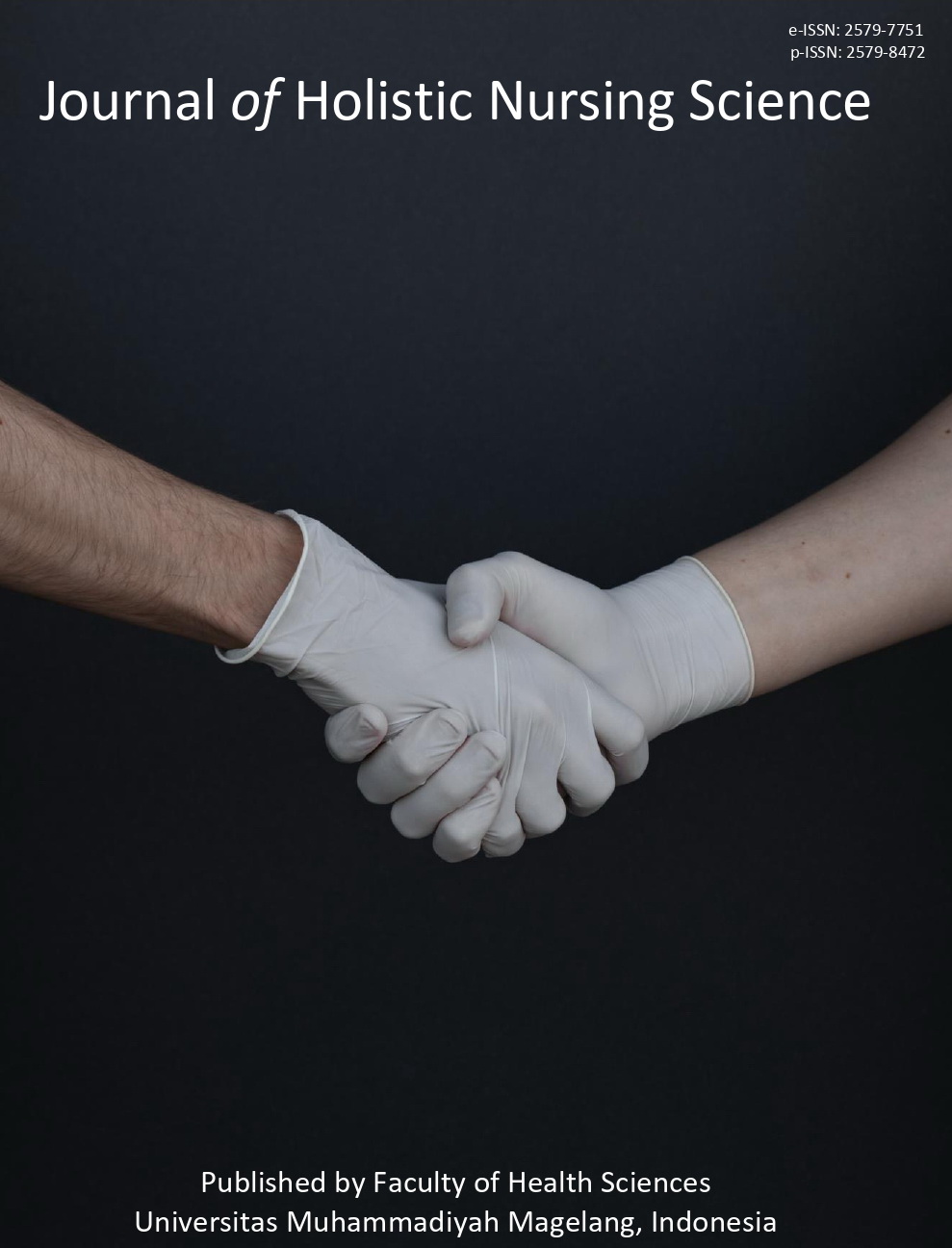PERUBAHAN DISFUNGSI ENDOTEL AORTA PADA TIKUS GALUR PUTIH REMAJA YANG TERPAPAR ALCOHOL TERHADAP PEMBERIAN CURCUMIN
Main Article Content
Abstract
Tubuh manusia memiliki kemampuan untuk mencegah dan memperbaiki disfungsi endotel dengan memproduksi antioksidan. Antioksi dan primer ini akan mencegah timbulnya oksidasi akibat radikal bebas, sehingga endotel pembuluh darah tidak akan mengalami disfungsi dan tidak terjadi aterosklerotik pada arteri. Dalam keadaan, dimana jumlah radikal bebas sangat berlebih di dalam darah, antioksidan yang diproduksi oleh tubuh tidak efektifl agi, sehingga diperlukan antioksidan dari luar (sekunder).
Penelitian ini merupakan penelitian Eksperimen, dengan metode post test only control group design. Analisis statistik yang dipergunakan adalah uji T, untuk menilai pengaruh pemberian antioksidan (curcumin).
Dari hasil penelitian ini maka terbukti bahwa ada pengaruh positif, bahwa Curcumin dapat mencegah disfungsi sel endotel dengan karakteristk tidak timbulnya sel busa pada aorta tifus jantan remaja yang terpapar alcohol kronik. Saran yang diajukan adalah menambah konsumsi antiokidan (curcumin) untuk memperbaiki kerusakan endotel pembuluh darah (sklerosis)
Downloads
Article Details
Authors who publish their articles in JHNS retain full copyright of their work. JHNS does not require authors to transfer their copyright to the journal or Universitas Muhammadiyah Magelang as the publisher. The authors grant JHNS a license for the first publication.
